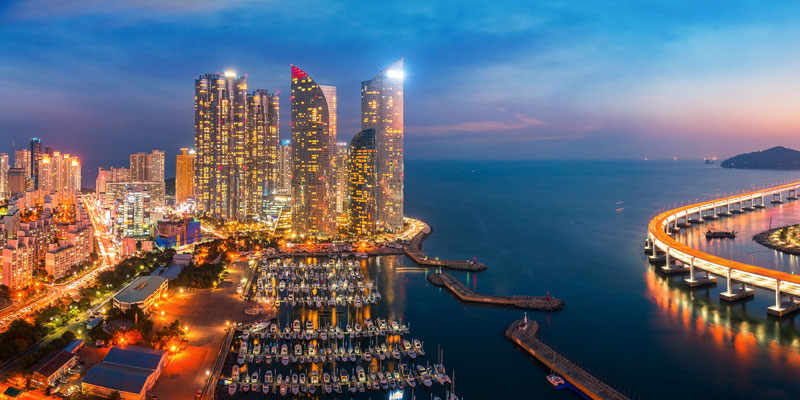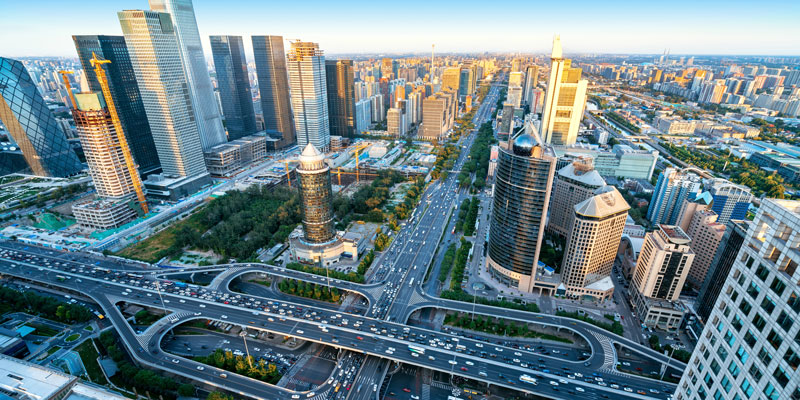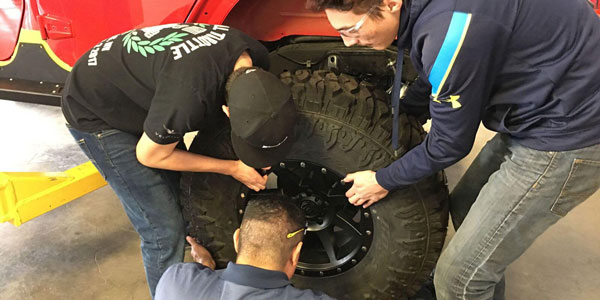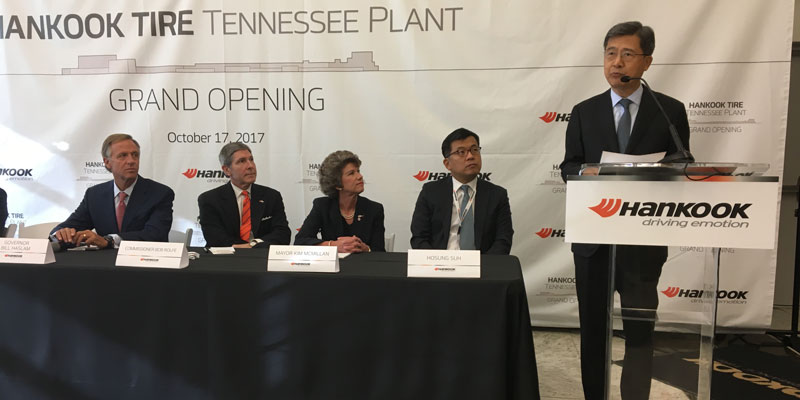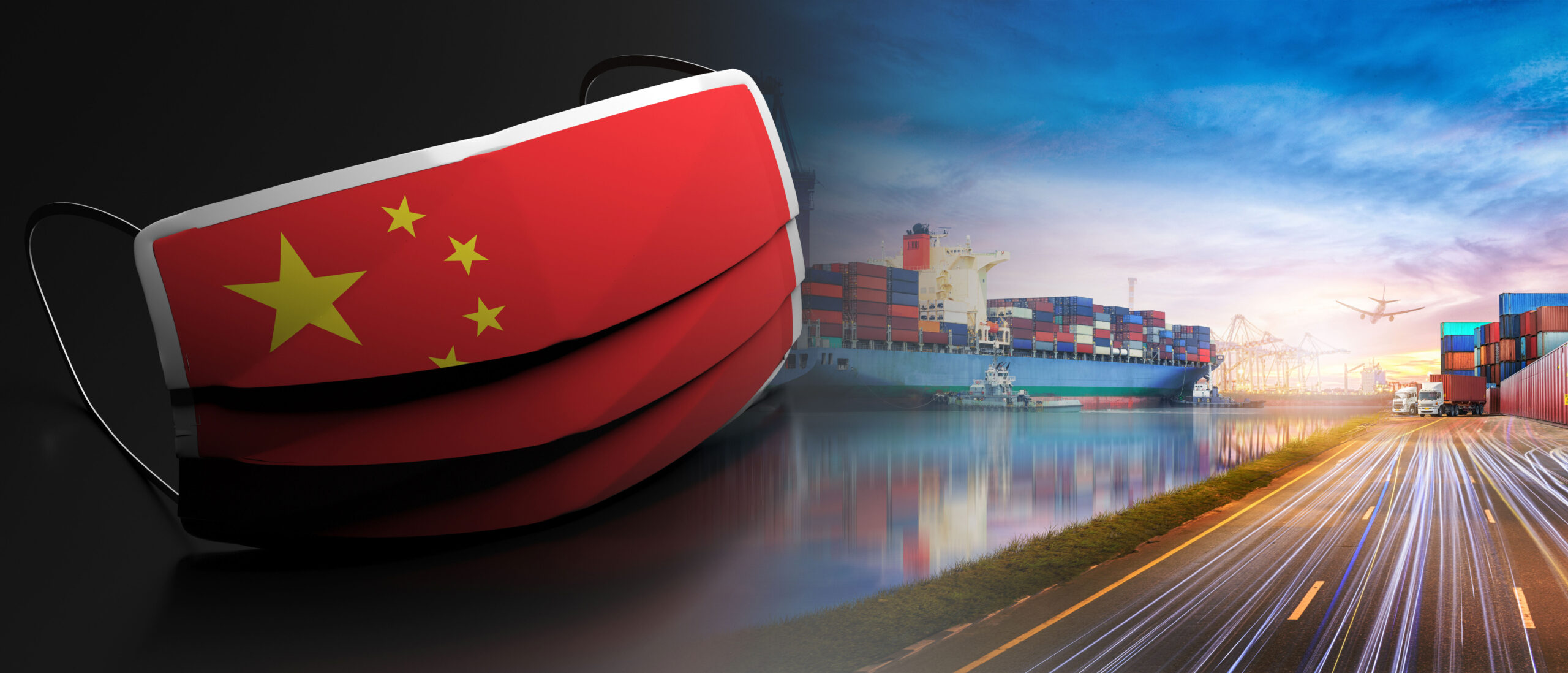The Chinese tire industry, which has grown exponentially for more than a decade, has been facing a slowdown for the past two years. Tariff and non-tariff barriers imposed by a number of key countries and huge overcapacity in domestic tire manufacturing have adversely affected the industry.
Despite these hindrances, Chinese tire production has been putting in steady numbers year after year. The 2015 acquisition of Italian tiremaker Pirelli by China’s ChemChina and the recent bid by another Chinese tire producer (Qingdao Doublestar) to acquire South Korean heavyweight Kumho Tire Co. has catapulted Chinese producers to the big leagues.
Overview of the
Chinese Tire Industry
Catered by an estimated 230 large and small tiremakers, the Chinese tire industry has surprised the global tire industry with its unprecedented growth. Currently, China is the world’s largest market for tires. The Chinese automobile industry has grown at a tremendous pace. This has catalyzed the development of the country’s tire sector, both in terms of production as well as consumption.
On the downside, the industry is highly fragmented, which has resulted in extreme competition, especially on prices. Most of the mid-scale Chinese tiremakers operate on very low margins, thus even a marginal change in raw material prices plays havoc with their survival. After four years of oversupply of natural rubber and low oil prices, the main ingredients of synthetic rubber, these costs are rising. Since these costs account for about 60% of total input costs for a number of Chinese tiremakers, most of them would be forced to increase their prices in the coming months, eventually eroding their price advantage in domestic and export markets.
Tire production in China is concentrated in the provinces of Shandong, Jiangsu and Zhejiang. Shandong province accounts for about 50% of the bus and truck tires produced in the country. The province also accounts for more than 25% of the car tires produced. Jiangsu and Zhejiang provinces collectively account for more than 50% of the car tires produced in the country.
Several top global brands such as Michelin (two production plants), Bridgestone (six plants), Goodyear (two plants), Continental (two plants), Pirelli (two plants), Yokohama (three plants), Hankook (four plants), and Kumho (three plants) are present in China through their manufacturing units.
In 2016, China exported tires worth $12.89 billion (down 6.9% on year-over-year basis) to more than 200 countries. The U.S. remained the largest export market. The value of tires exported from China to the U.S. was $2.1 billion, accounting for 16.3% of China’s total export value of tires. Due to anti-dumping and countervailing duties imposed by the U.S., Chinese imports in truck and bus categories suffered a setback and fell below $1 billion in the first 11 months of 2016.
With an export worth $541 million, the U.K. was the second largest market, accounting for 4.2% of China’s total export value of tires. Brazil, India, Mexico, Australia, Iran, the United Arab Emirates and Germany were also important export destinations for tires from China.
Top 10 Tire Producers
Due to space constraints it would be difficult to present an overview of the leading tire producers in China; however, we are presenting a list of top 10 tire producers on the basis of their turnover in the year 2016.
Zhongce Rubber Group (also known as ZC Rubber) remains the No. 1 tire manufacturer in China in terms of yearly sales, with 2016 sales of 18.38 billion yuan (RMB). In second place, Giti Tire trails by more than 6 billion yuan, with annual revenues of 13.14 billion yuan in 2016. Third place Sailun Jinyu Group had a reported income of 11.19 billion yuan.
Doublestar, which has recently made a bid for majority stake in Kumho Tire, is at sixth position with 2016 sales of 7.26 billion yuan.
Global Producers in China
Amid the fast-growing Chinese automobile market, the world’s major tire giants have deployed production bases in China and further increased investment in expansion in the last two years.
In November 2016, Goodyear Tire & Rubber Co. broke ground on a $485 million expansion of its state-of-the-art tire facility in Pulandian, located in Dalian province. Upon completion in 2020, the expansion will increase the plant’s capacity by about 5 million tires a year, enabling Goodyear to meet the growing market demand for premium, large-rim-diameter consumer tires in China and the Asia Pacific region. Goodyear was the first global tire manufacturer to enter China when it invested in a tire manufacturing plant in Dalian in 1994. The company moved production to the new Pulandian factory in 2012.
Another global giant, Continental started its Phase III project at its Hefei-based production facility in November 2015 to increase its installed capacity in China to 14 million tires per annum.
Overseas Ambitions of Chinese Tiremakers
It sent shock waves through the global tire industry in early 2015 when Chinese company, ChemChina completed the roughly $7.7 billion acquisition of Italian tiremaker Pirelli. State-owned ChemChina is China’s largest chemical company with a turnover of about $44 billion. Another major tire producer from the country, Doublestar, has bidded for Korean tiremaker Kumho. More such acquisitions could take place in coming years.
Besides acquisitions, Chinese tiremakers are also setting up their manufacturing units in a number of countries. Chinese tire companies have opted for these investments due to intense competition in the domestic market and anti-dumping duties imposed on imports of China produced tires by a number of countries.
Southeast Asia is the most preferred destination of Chinese tiremakers due to ample availability of natural rubber, comparative labor costs, and proximity to China. For instance, China’s largest tire producer, Hagzhou Zhongce Rubber, has built a new facility in Thailand. Other major tire producers from the country, such as Linglong Tire, Sentaida and Double Coin have also established manufacturing presence in Thailand to capitalize on the robust automotive market of the country. Qingdao FullRun Tyre Corp. Ltd. is investing $200 million to set up a factory in Malaysia. The Chinese company signed a memorandum of understanding (MoU) with the Port Klang Free Trade Zone (PKFZ) last December. TR
Yogender Malik is a New Delhi-based freelance writer on the Indian and South Asian industry and economy, with more than 10 years experience writing on the automotive industry. He also works as an analyst with a New-Delhi-based organization.







